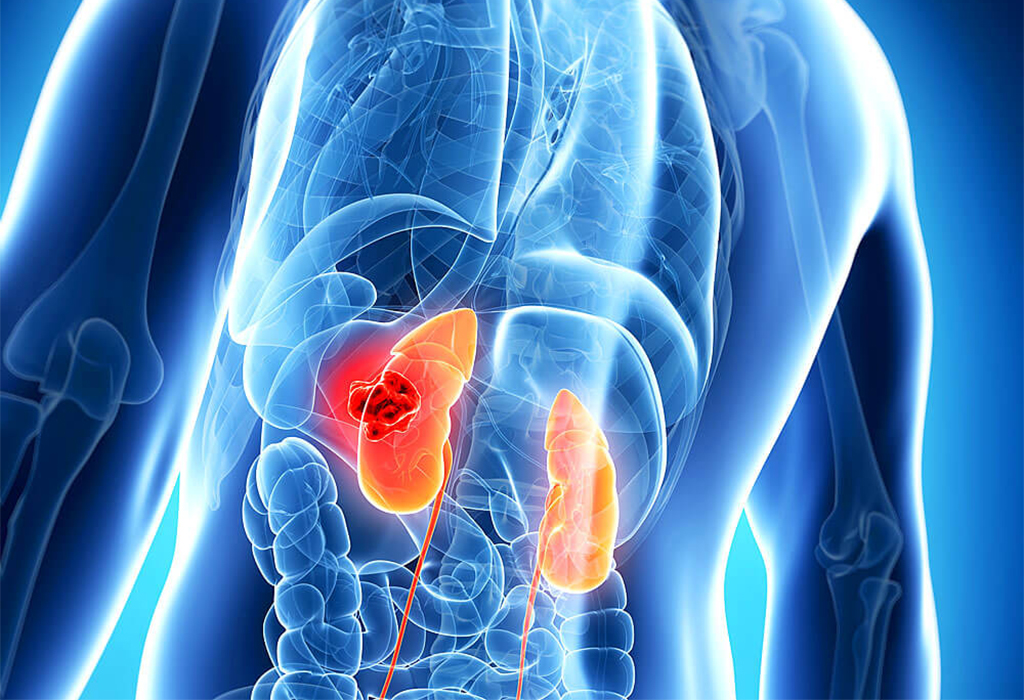WHAT IS KIDNEY CANCER?
Kidney cancer, also known as renal cancer is a disease in which kidney cells turn malignant (cancerous) and form a tumour. Renal cell carcinoma is a type of kidney cancer where the cancer of the kidney appears in the tubules (tiny tubes) in the kidney. Kidney cancers can be diagnosed and treated early, preventing it from spreading.
SYMPTOMS OF KIDNEY CANCER
Symptoms of kidney cancer include blood in urine, a lump in your abdomen or side, side pain that would not go away, fever and extreme lethargy
DIAGNOSING KIDNEY CANCER
Imaging tests such as computerised tomography (CT) scan or magnetic resonance imagine (MRI) are used to diagnose kidney cancer.
TREATMENTS FOR KIDNEY CANCER
Treatment will depend on the stage of cancer, the type of cancer, the side effects, patient’s preferences and overall health. Treatments include: Active surveillance, Immunotherapy (also called biologic therapy, it is suppose to boost the patient’s immune system using the body’s natural materials) , Targeted therapy (treatment that targets the cancer’s specific genes, proteins or tissue environment that contributes to cancer growth while limiting damage to healthy cells), Chemotherapy (the use of drugs to destroy cancer cells), Radiation therapy (use of high-energy x-rays or other particles to destroy cancer cells) and Surgery.
Surgery involves the removal of the tumour and some surrounding healthy tissue during the oepration. This option is mainly for patients whose cancer has not spread beyond the kidneys. Surgery used for kidney cancer includes:
- RADICAL NEPHRECTOMY
Surgery to remove the tumour, the entire kidney and surrounding tissues. If nearby tissue and surrounding lymph nodes are also affected by the cancer, a radical nephrectomy and lymph node dissection is performed. - PARTIAL NEPHRECTONY
Surgery to remove kidney tumour. A partial nephrectomy preserves the kidney function. This surgery is effective for some tumours. It is associated with fewer side effects and a faster recovery. - LAPAROSCOPIC AND ROBOTIC SURGERY
During a laparoscopic surgery, a surgeon makes a few small incisions rather than the traditional 1 large incision in the abdomen. The surgeon then inserts a telescopic equipment into the small keyhole incisions to completely or partially remove the kidney. Sometimes, the surgeon uses robotic instruments during the surgery.





